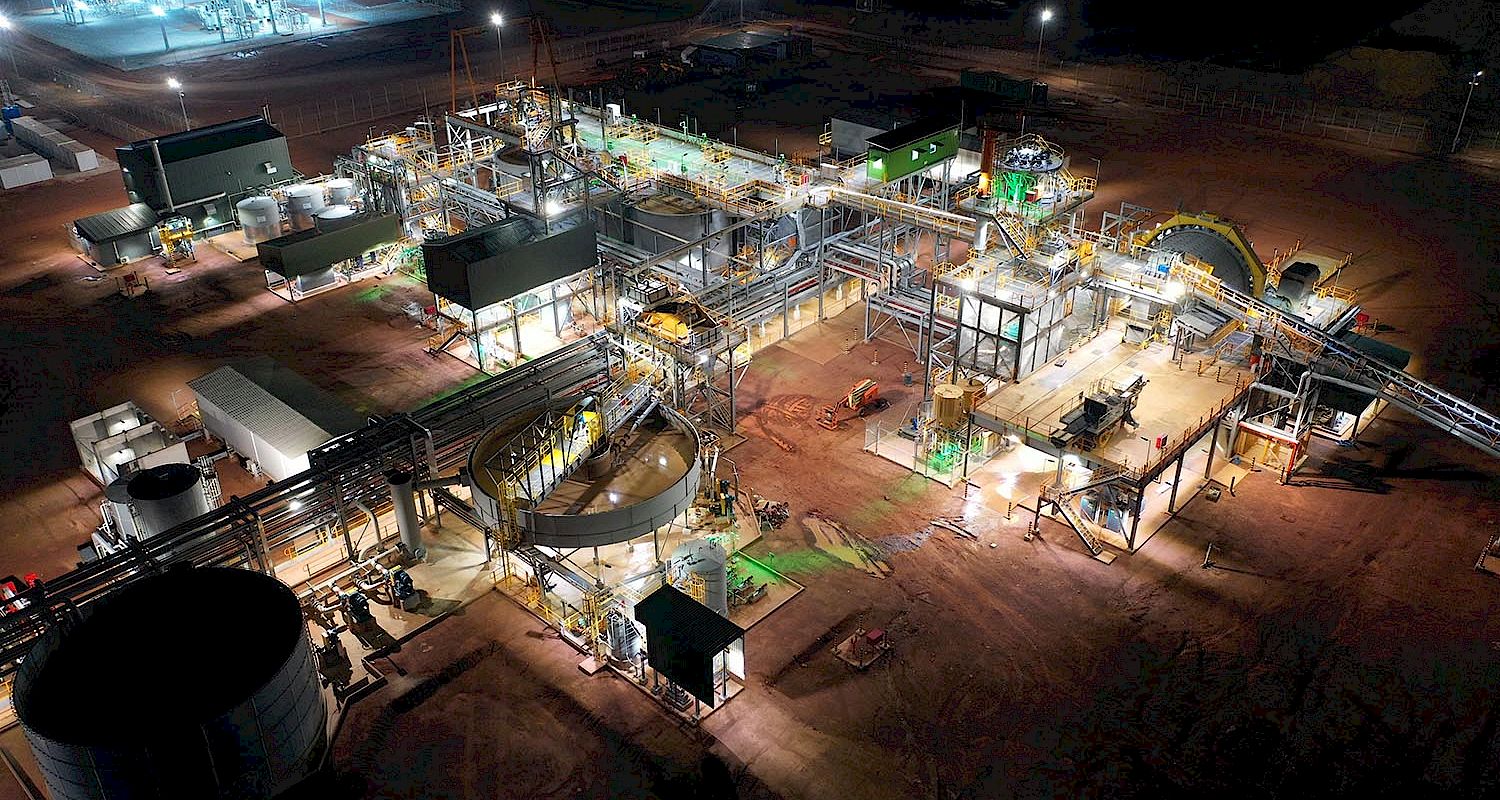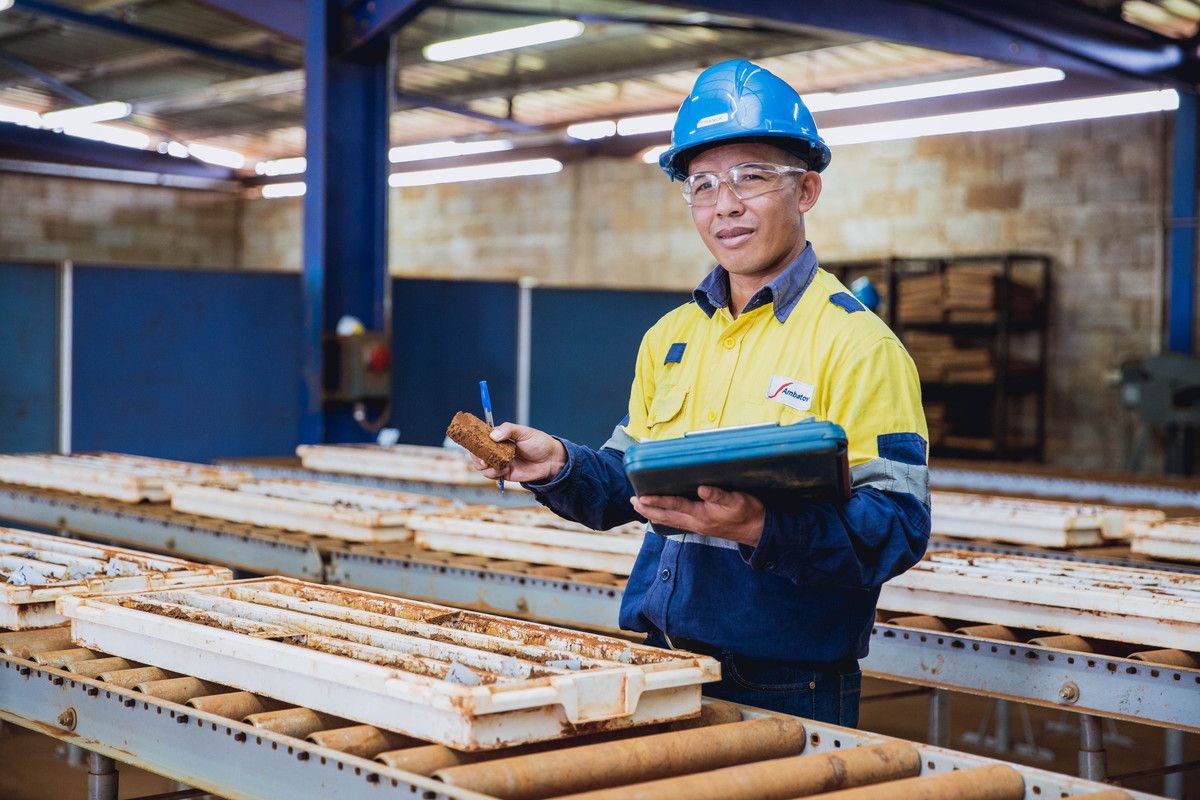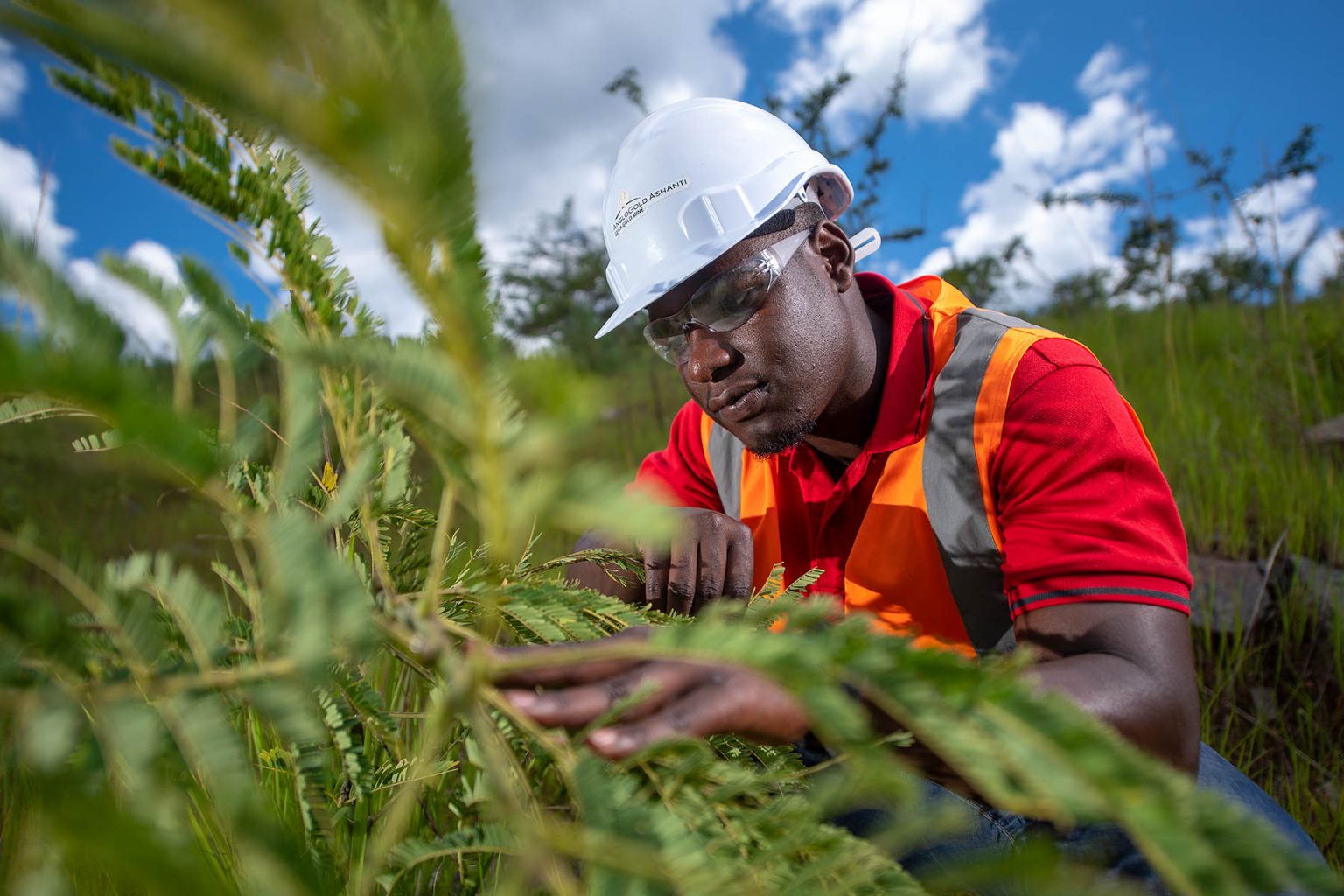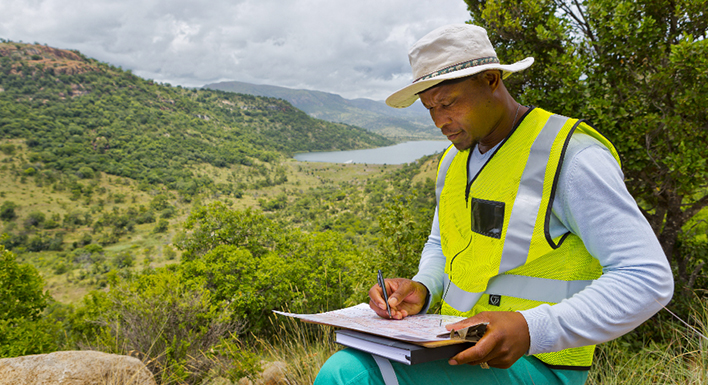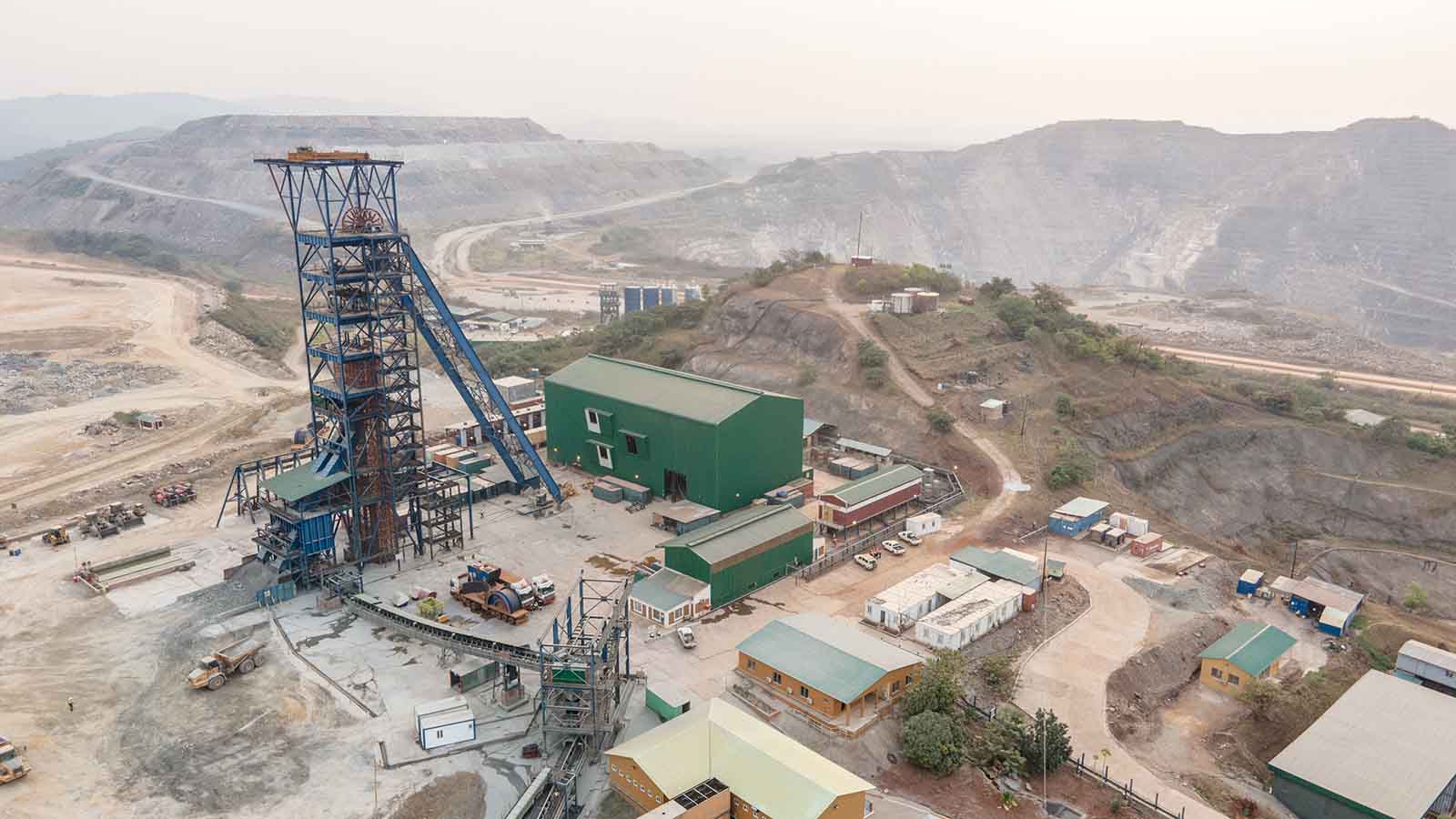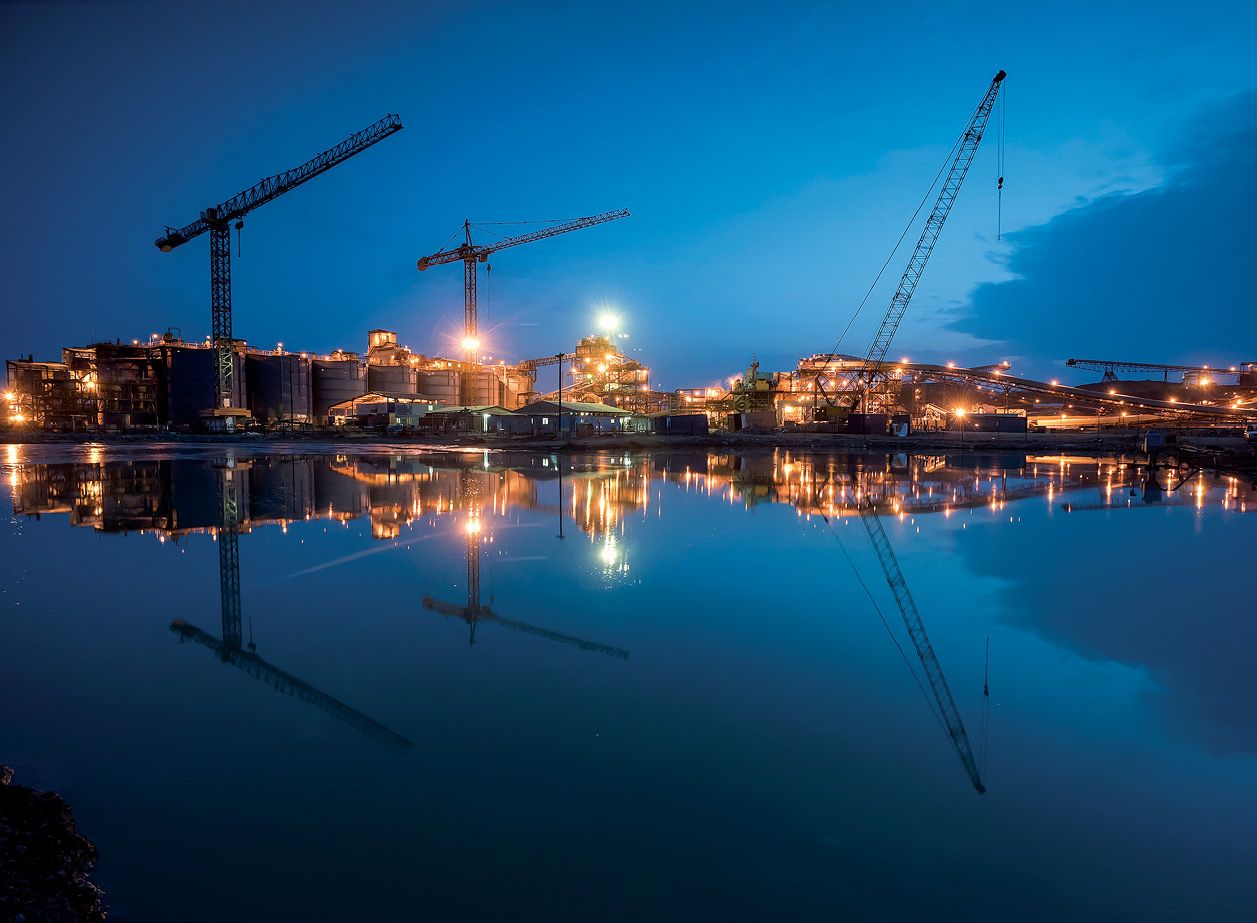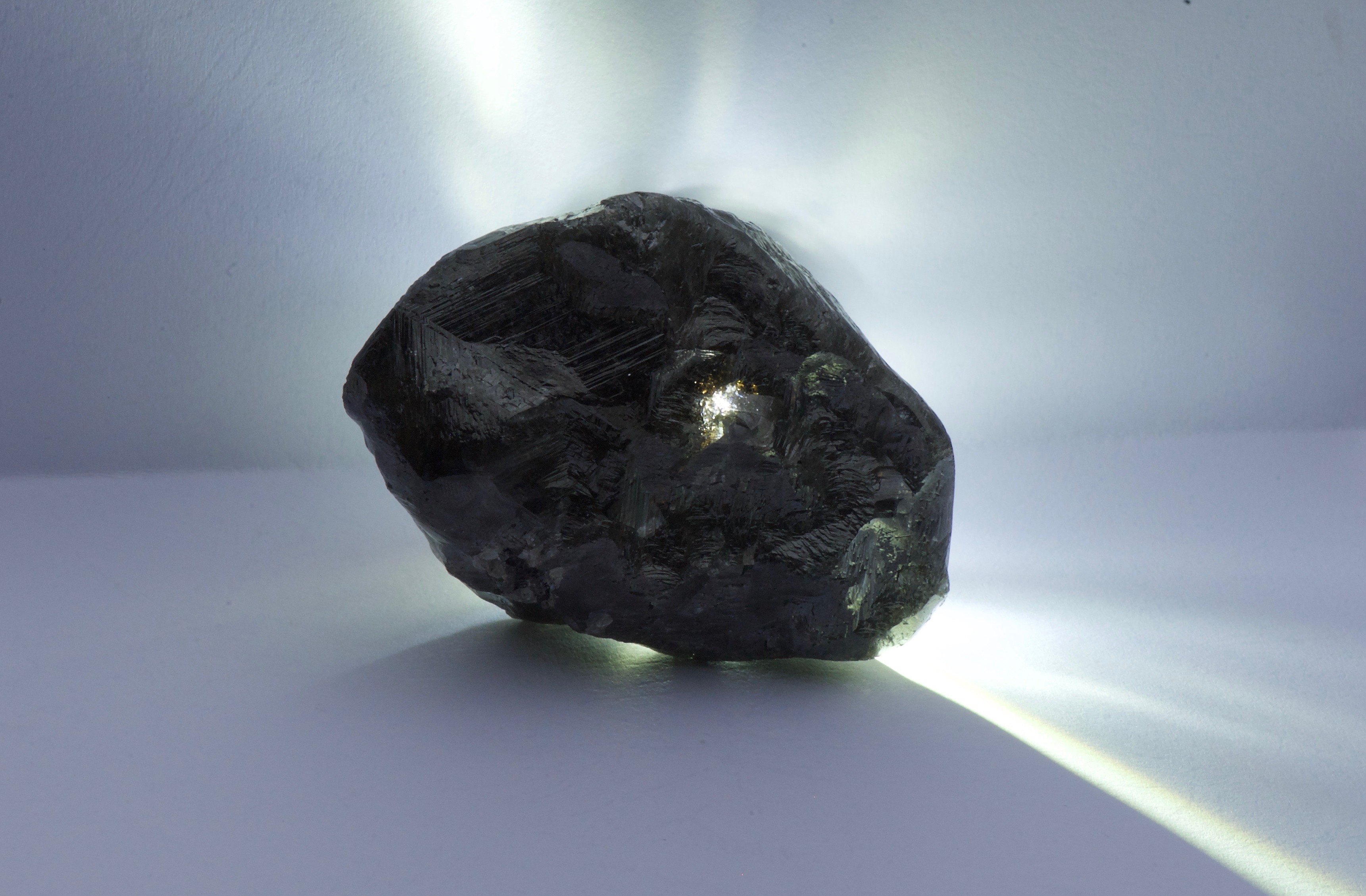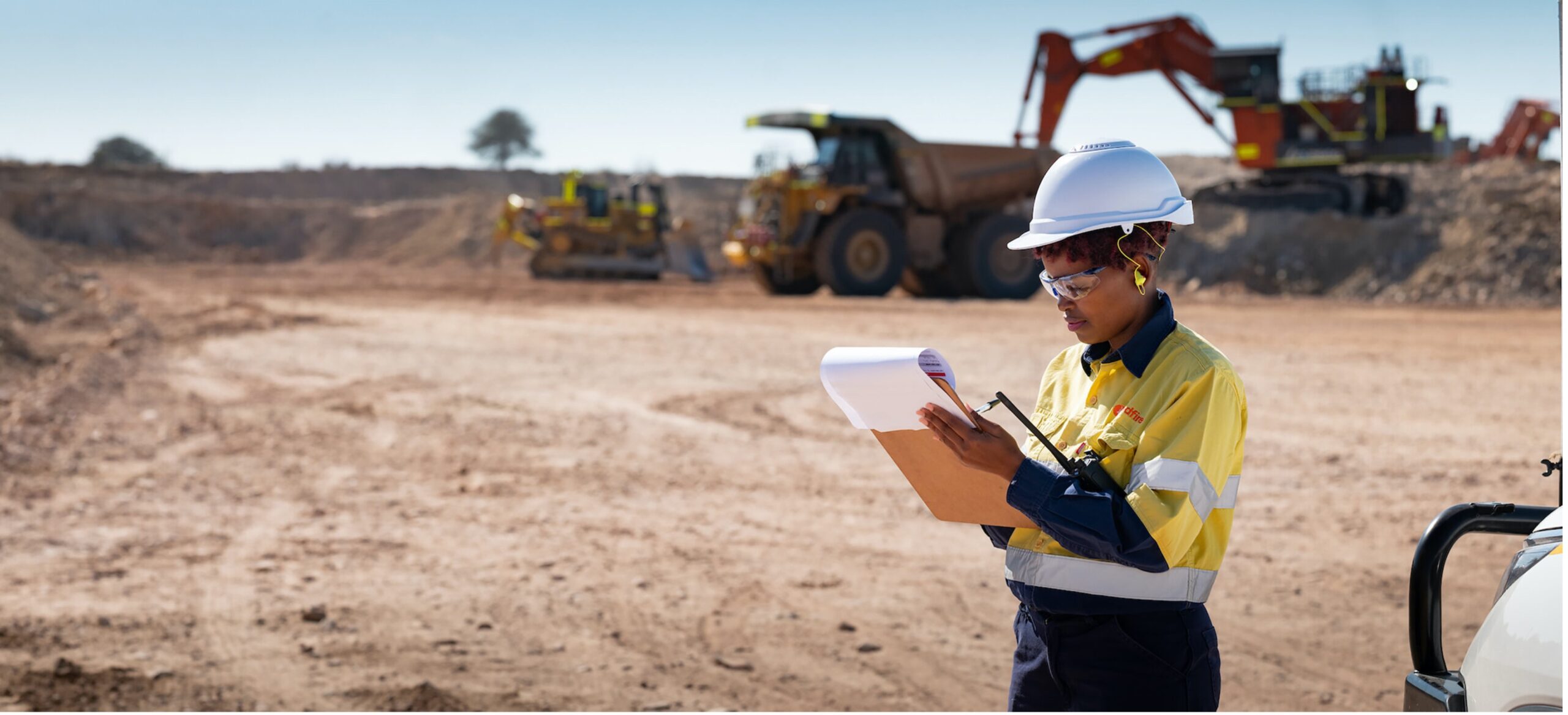
As copper increasingly becomes a much-wanted resource across global industry, exciting times are emerging from the Kalahari Copper Belt in Botswana where Australian company, Sandfire, has officially opened the Motheo Copper Mine.
Over its initial ten-year life, Motheo is expected to deliver significant value to the people of Botswana through taxes and royalties, and long-term employment, training and development opportunities.



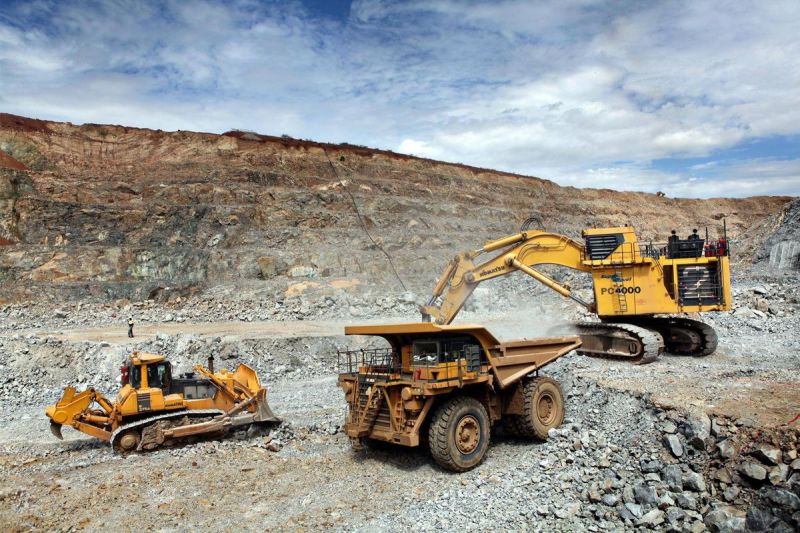
 TWIGA GOLD CORP-BE Africa 2023.pdf
TWIGA GOLD CORP-BE Africa 2023.pdf
